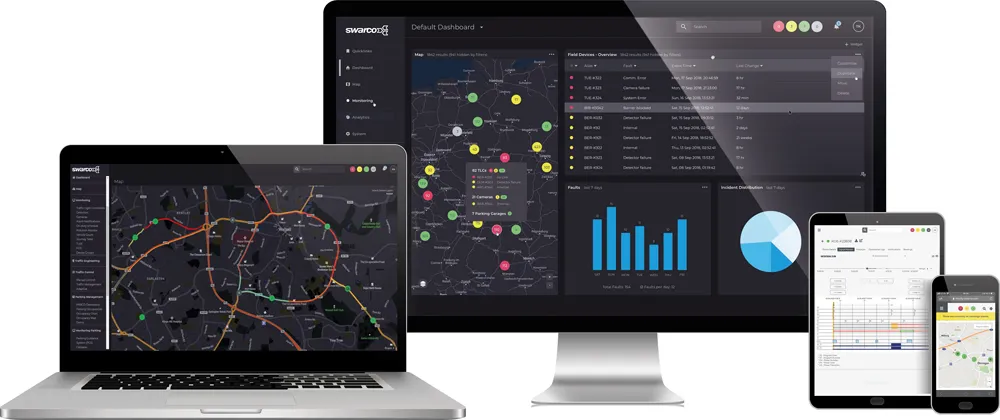Swarco Traffic’s new Zephyr cloud-based management software is designed to provide local authorities with total control over their traffic sign assets and strategy.
The system gives authorities full flexibility over assets including variable message signs and trailer VMS, car parking signs, vehicle activated signs and school warning signs, which can be connected to Zephyr using a variety of communications such as GPRS, 3G,4G and other wireless networks. A web-based user interface enables users to edit mess
October 24, 2017
Read time: 1 min

The system gives authorities full flexibility over assets including variable message signs and trailer
The interface also comes with a TSRGD (The Traffic Signs Regulations and General Directions 2016) rule checker, to ensure that any free-hand messages comply with the appropriate industry regulations.










